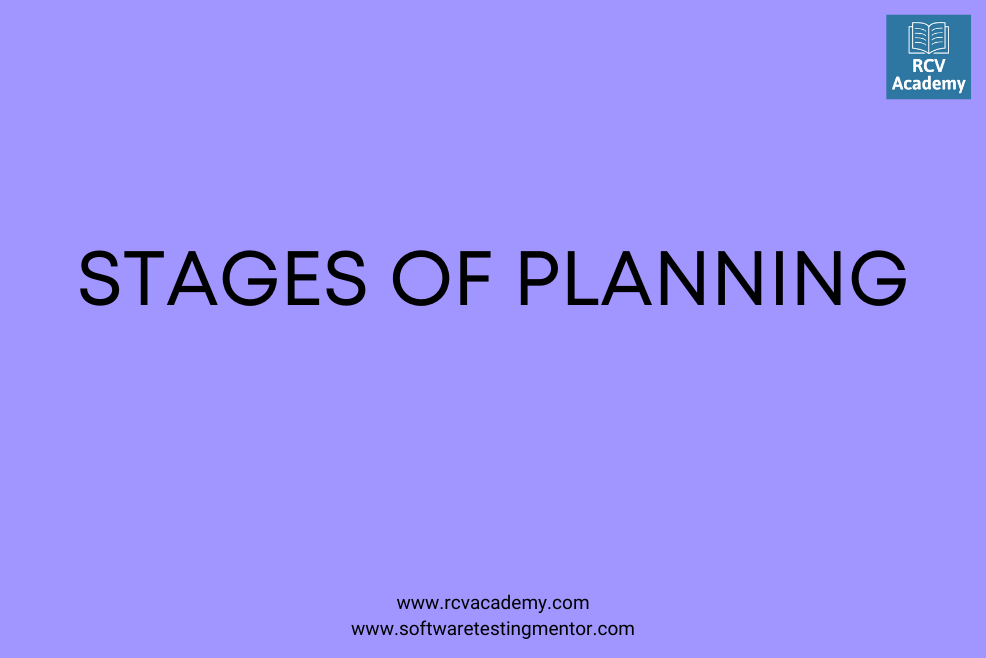In this tutorial, we will learn about stages of planning, recognizing the need for action, gathering necessary information, and laying down objectives.
We are determining planning premises, examining the alternative course of action, evaluation of action patterns, determining secondary plans, and implementation of projects.
FORECASTING:
It means identifying and defining the conditions in the future, which will help plan the present. It may be comprehensive or limited in scope. That is a common statistical task in business. It helps inform decisions about the scheduling production, transportation, and personnel, and provides a guide to long-term strategic planning. However, business forecasting is often done poorly and is frequently confused with plans and goals.
Thus forecasting may be defined as the process of assessing the future commonly using calculations and projections that take account of the past performance, current trends, and anticipated changes in the foreseeable period ahead.
STEPS IN FORECASTING:
Identifying and developing the structure:
May problem can seem simple at first because it looks like you are merely asking how the market will react to a new product, or how the company’s sales will look like in a few months even more so if you have an excellent forecasting tool for small business.
The future estimates of various business operations will have to based on the results obtainable through systematic investigation of the economy, products, and industry.
Forecasting future course of business:
As the future is always uncertain, there is a need for an organized system of forecasting in a company. Analysis of the present economic conditions to predict the future course of events accurately. In the words of Allen, Forecasting is a systematic attempt to probe the future by inference from known facts.
Analysis of deviations:
In statistics measurement of the absolute difference between any one number in a set and the mean of the collection.
We are improving the forecast based on the study of deviations.
For example, if we know that there is a positive relationship between advertising expenditure and volume of sales or between sales and profit, it is possible to have an estimate of the deals based on advertising, or of the gain based on projected sales, provided other things remain the same.
ADVANTAGES OF FORECASTING:
The primary advantage of forecasting is that it provides the business with valuable information that the industry can use to make decisions about the organization’s future. But when done right, it can offer tremendous advantages to companies. And in today’s ultra-competitive business landscape, any edge over the competition is definite. That said, there are a few advantages that are worth exploring. While we don’t believe they are obstacles to implementing a forecasting process, they should weigh when considering which forecasting process is right for you.
- It helps the management to arrive at a correct decision.
- It facilitates team spirit in the organization, which helps in planning and coordination.
- It prepares the control to handle a critical situation that not expected.
